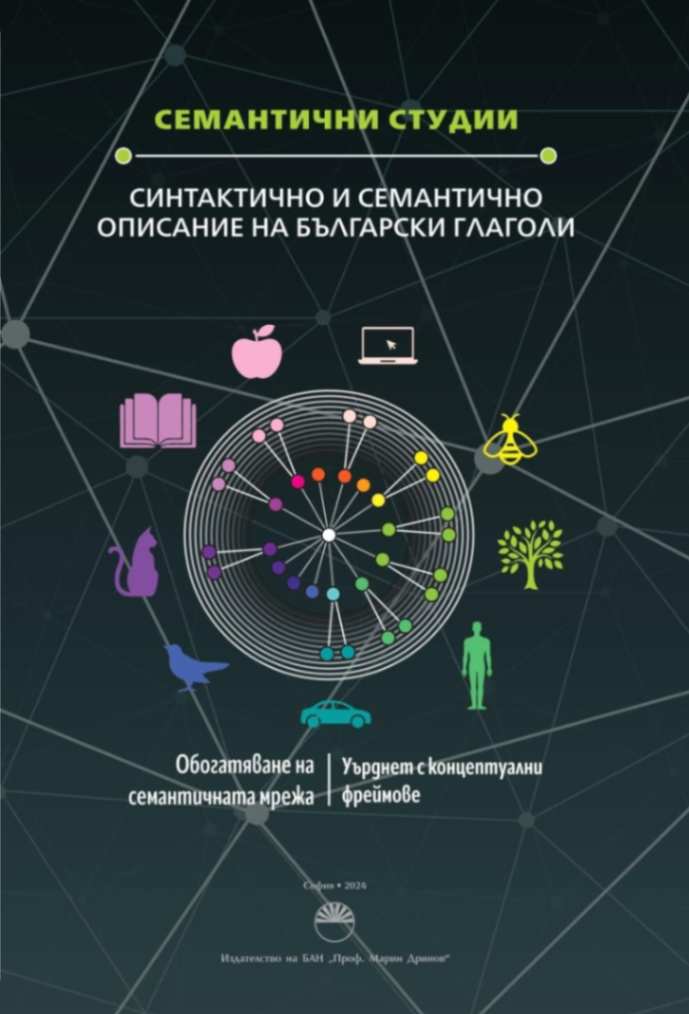Verbs of communication: validation of conceptual frames in corpus data
Verbs of communication: validation of conceptual frames in corpus data
Author(s): Svetlozara Leseva, Ivelina Stoyanova
Subject(s): Language and Literature Studies, Theoretical Linguistics, Syntax, Lexis, Semantics, Comparative Linguistics, Cognitive linguistics, Computational linguistics, Descriptive linguistics
Published by: Институт за български език „Проф. Любомир Андрейчин“, Българска академия на науките
Keywords: verbs of communication; WordNet; FrameNet; valence patterns; corpus
Summary/Abstract: The chapter outlines the properties of the semantic class of verbs of communication in terms of the most representative FrameNet frames of higher frequency and the syntactic realisation of the frame elements in different valence patterns in English and Bulgarian. For the purposes of the study we employ two large lexical-semantic resources: (a) the Princeton WordNet (Fellbaum 1998b), and the Bulgarian WordNet (Koeva 2021), and (b) FrameNet (Baker et al. 1998). In particular, the analysis is centred on the information included in each of the resources and how it can be used towards their mutual enrichment and the extension of their coverage. We discuss the general organisation of the verb lexis representing the domain of communication: the prototypical frame Communication and frames inheriting from it, focusing on the frames Statement and Telling as two of the most representative frames of verbal communication. The objective is to validate the realisation of semantic frames in corpus data using the semantically annotated corpora SemCor (Miller et al. 1993b) and BulSemCor (Koeva et al. 2006). While we use resources for English and Bulgarian, we discuss the universal and language-specific aspects of this description and the transferability of knowledge across languages. The observations made on the valence patterns and the syntactic expression of the core frame elements are used to verify the validity of the assigned frame, while also highlighting the similarities and differences both between verbs from the same domain in one language (Bulgarian) and between equivalent/similar senses across languages (Bulgarian and English).
Book: Семантични студии. Синтактично и семантично описание на български глаголи
- Page Range: 74-116
- Page Count: 43
- Publication Year: 2024
- Language: English
- Content File-PDF

